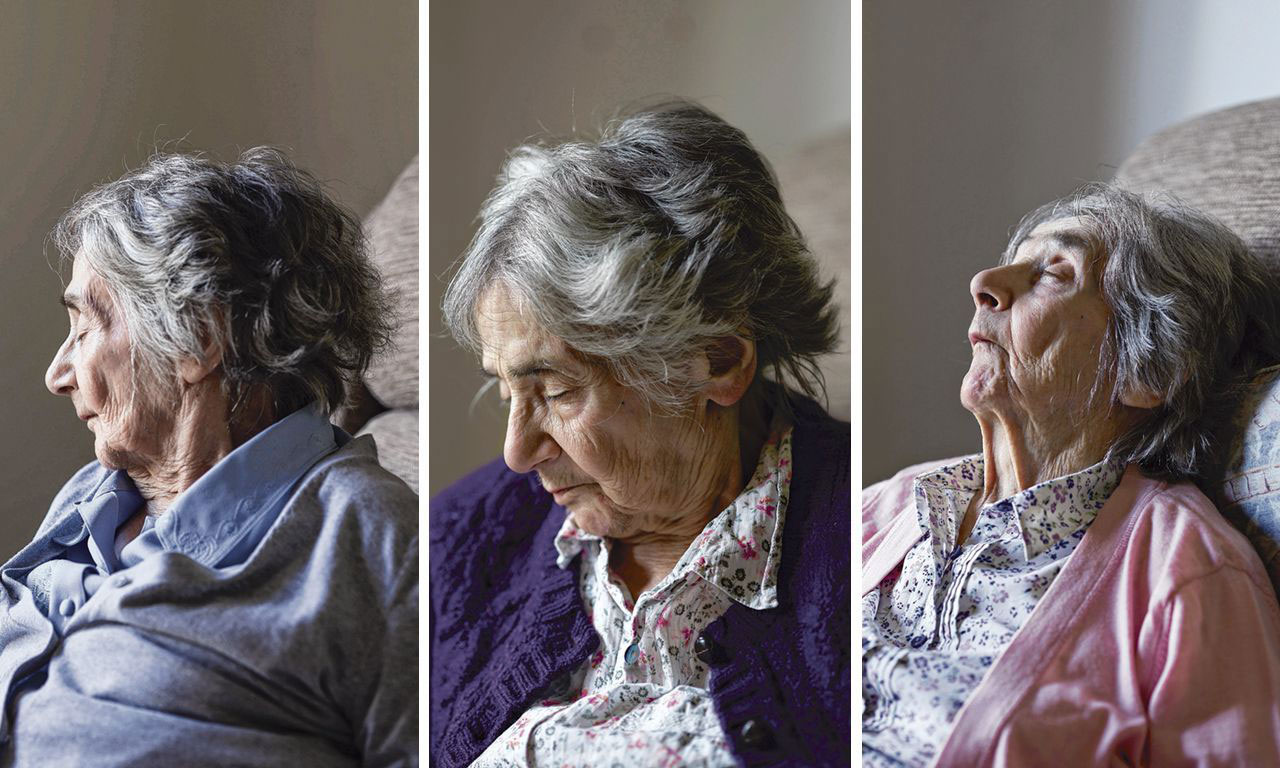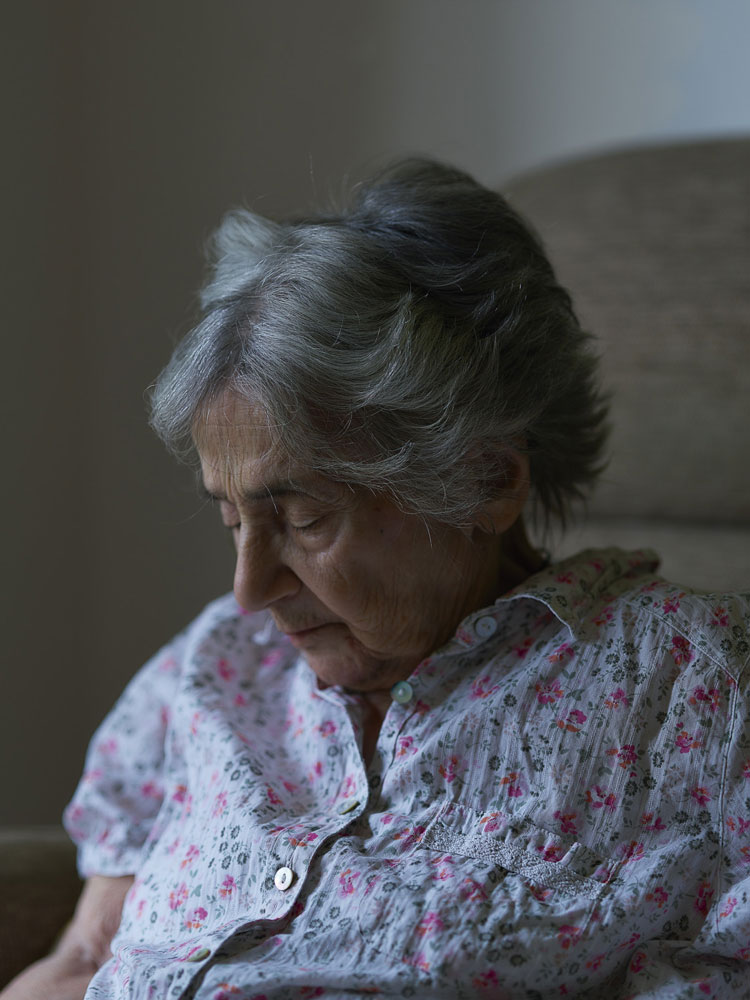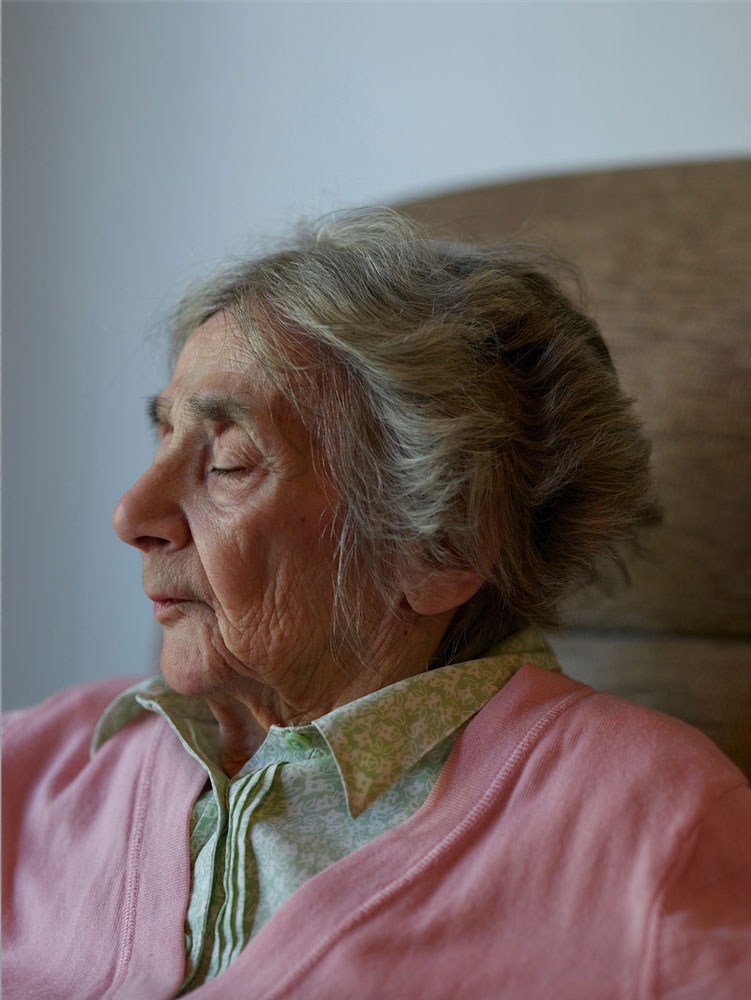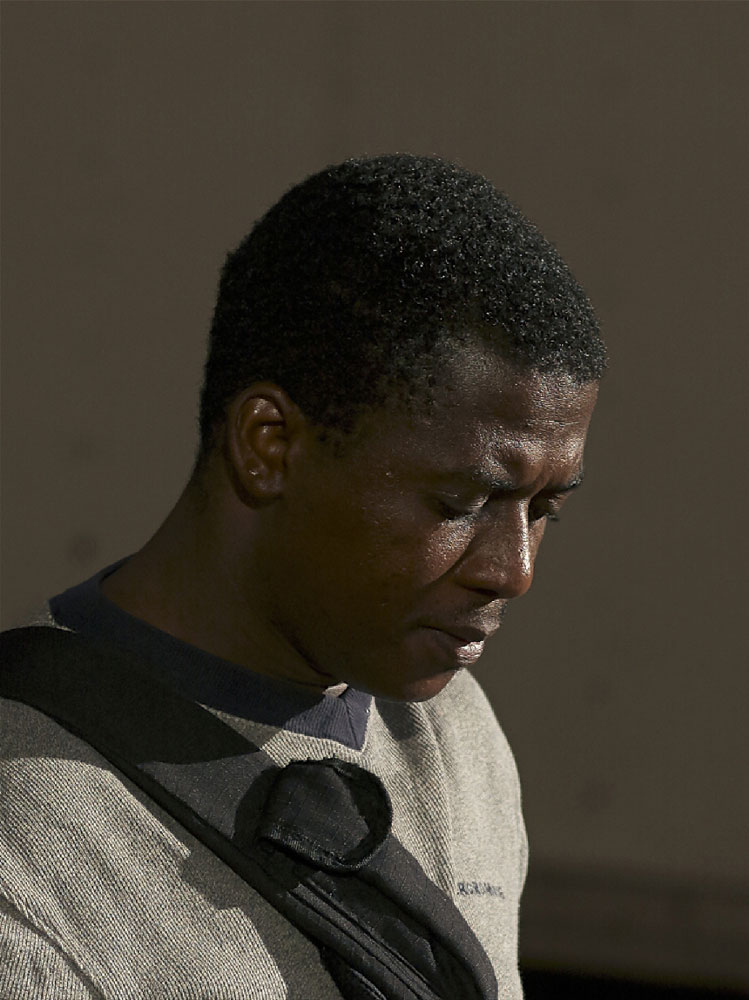ART-PRESENTATION: Paul Graham-Mother/Sightless
 Paul Graham has played a fundamental role in fostering a new school of photography, connecting the perceived fissures between photography, cinematography, and contemporary art. In 1981, Graham completed his first acclaimed work “A1: The Great North Road”, a series of color photographs made along A1, Great Britain’s longest numbered road. His use of color film in the early 1980s, at a time when British photography was dominated by traditional black-and-white social documentary, had a revolutionizing effect on the genre.
Paul Graham has played a fundamental role in fostering a new school of photography, connecting the perceived fissures between photography, cinematography, and contemporary art. In 1981, Graham completed his first acclaimed work “A1: The Great North Road”, a series of color photographs made along A1, Great Britain’s longest numbered road. His use of color film in the early 1980s, at a time when British photography was dominated by traditional black-and-white social documentary, had a revolutionizing effect on the genre.
By Dimitris Lempesis
Photo: carlier|gebauer Gallery Archive
Paul Graham, premieres new works in the exhibition “Mother/Sightless” at carlier|gebauer Gallery. For nearly 40 years, Paul Graham’s work has presented an unflagging commitment to depicting life as it unfolds. He first established his reputation in the early 1980s by introducing the practice of color photography into the classic genre of “social documentary.” Since then, Graham has turned his lens towards seemingly incidental, fleeting moments, capturing life in passing as an endless flow of time rather than an isolated or static instant. Graham himself has claimed that the photography that he most respects “pulls something out of the ether of nothingness” and over four decades of his rich and layered practice, Graham has cultivated this ethos. Paul Graham’s most recent series “Mother” bears witness to the elastic, malleable quality of time—particularly as it relates to matters of the heart. His most personal work to date, “Mother” depicts the artist’s own aging mother in the last years of her life dozing in various positions in her chair at an English retirement home through a series of thirteen photographs. Depictions of artists’ mothers are iconic in the history of art, from Whistler through Freud, Cézanne, Hockney, Ingres, Gauguin, or Durer. Graham’s extended portrait doesn’t merely evince tenderness for its subject, but also through its attentive, almost painterly approach, conveys a kind of stretching and unraveling of time—the looping and fragmentary nature of experience and perception when life closes in and one’s world shrinks to the space of a single room. As the artist says “I asked my mum, of course, and she agreed, though to be honest, she would bless anything I do. And I trusted in my instinct. There is nothing embarrassing or undignified in the portraits. There are no fancy camera angles. I kept everything constant: the same chair, the same daylight through the window. The only things that change are her cardigans and tops. For me, it was a very conscious and contemplative process”. Parallel to “Mother”, Graham will also present “Sightless”, a never-before exhibited series of small portraits made fifteen years ago on 42nd street in New York. Inverting the conventions of portraiture, according to which an image of the subject blinking would be rejected, each individual depicted in the works in this series has their eyes closed. Whether blinded by the sun, enjoying a moment of silent reverie, delving into a musical trance, or blocking out the rest of the world to dwell in one’s own thoughts, the subjects of Sightless navigate between two worlds—that of the city and the imagination.
Photo: Paul Graham, from the series “Mother”, Pigment print, 147 x 106 cm each, © Paul Graham, Courtesy the artist and carlier|gebauer Gallery
Info: carlier|gebauer, Markgrafenstraße 67, Berlin, Duration: 13/11/2020-9/1/2021, Days & Hours: Tue-Sat 11:00-18:00, www.carliergebauer.com




